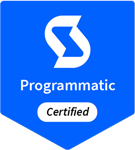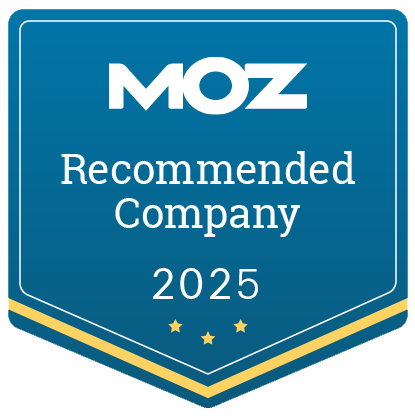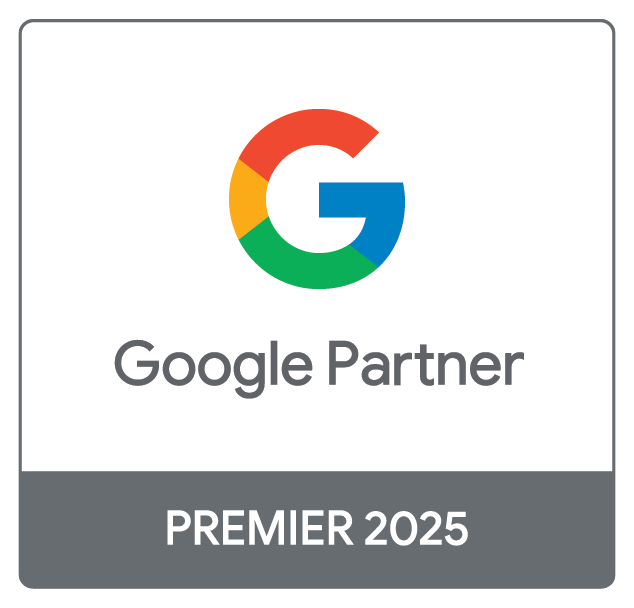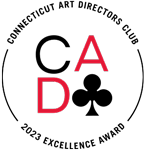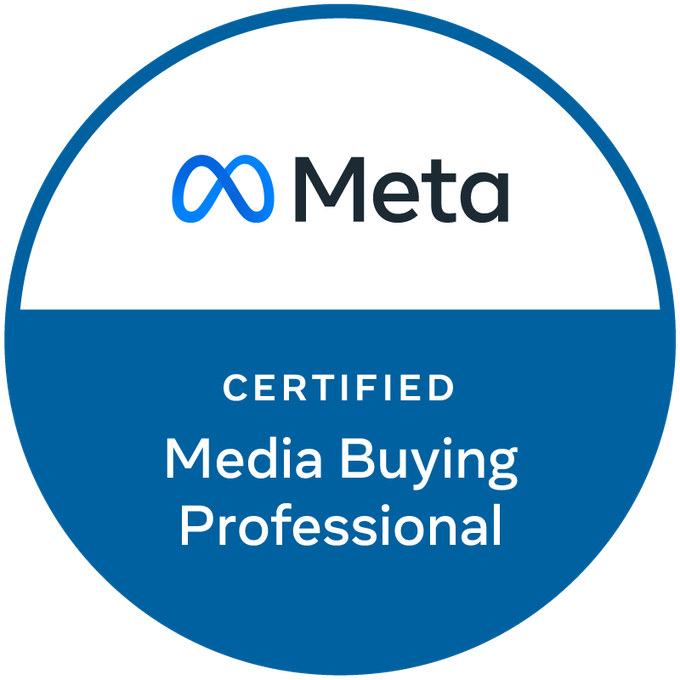Artificial intelligence is changing industries at a rapid pace, with Large Language Models (LLMs) and Generative AI leading the way. These technologies power everything from chatbots to AI-generated art to featured snippets, but they serve different purposes depending on usage. If you’ve used ChatGPT before to draft an email or create a social media post, you've interacted with these tools. But when should you use LLMs, and when is Generative AI the better option?
What Is Generative AI?
Generative AI refers to artificial intelligence models designed to create new content, including text, images, music, and videos. Unlike traditional AI systems that analyze and classify data, Generative AI produces original outputs based on learned patterns.
For example, tools like DALL·E generate digital artwork from text prompts, while GANs (Generative Adversarial Networks) create realistic deepfake videos. These technologies help businesses automate content creation, improve creative workflows, and personalize user experiences.
Generative AI is making an impact across many fields. In marketing, it’s used for personalized ad campaigns. In healthcare, it plays a role in drug development. In the entertainment industry, AI-generated scripts and virtual actors are changing how movies are created.
What Are Large Language Models (LLMs)?
LLMs are a specific type of Generative AI built for understanding and generating human language. These models are trained on massive amounts of text, allowing them to process information, predict words, and create responses that sound natural and human.
If you've ever used ChatGPT, Google’s BERT, or Meta’s LLaMA, you've interacted with an LLM. These models power chatbots, content writing tools, language translators, and AI research assistants. Their strength lies in their ability to comprehend context and generate well-structured text, making them useful for customer service, education, and legal analysis.
While LLMs are a type of Generative AI, they focus specifically on SEO-friendly text, rather than creating multimedia content like images or music.
How Are LLMs and Generative AI Different?
Although LLMs fall under the umbrella of Generative AI, they do differ. The biggest distinction is in what they create:
➡️ Generative AI can produce different types of content, including text, images, videos, and music.
➡️ LLMs specialize in language-based tasks, such as summarizing articles, translating text, and generating written content.
Their training is also vastly different with Generative AI models using a mix of text, images, videos, and sound files, allowing them to work across multiple formats. LLMs, in contrast, are trained only on text, enabling them to process and generate language at a high level.
Strengths of Generative AI
One of the biggest advantages of Generative AI is its ability to create highly detailed, personalized content. Businesses use it for automating marketing campaigns, developing video assets, and even generating product designs.
Fashion brands use AI to create digital clothing designs, while music producers use AI tools to assist with composing songs. The ability to generate creative assets quickly and efficiently makes this technology valuable for companies that rely on original content on a daily or weekly basis.
Strengths of Large Language Models
LLMs are highly effective in areas that require text comprehension, processing, and automation. Their ability to analyze language structure makes them ideal for:
🟣Customer service automation (AI-powered chatbots).
🟣Academic research (summarizing large volumes of text).
🟣Legal and financial analysis (contract review and data extraction).
For businesses that work with large amounts of text, LLMs can significantly reduce manual work and improve efficiency by streamlining processes. Unlike Generative AI, which handles multiple content types, LLMs are focused solely on text, making them the best choice for industries that depend on accurate language processing.
Challenges and Ethical Concerns
While AI has brought many advancements, it also presents some concerns. Bias in AI-generated content remains a significant issue, as models learn from existing data, which may include biased or incorrect information. This can unfortunately lead to cases where AI reinforces harmful stereotypes of unknowingly spreads misinformation.
Privacy is another major concern as AI models require large datasets to function, raising questions about how personal information is collected and stored. Businesses using AI must ensure they comply with data protection laws like GDPR and CCPA to avoid legal risks.
Finally, the ability to distinguish between AI-generated and human-created content is becoming more difficult. As AI technology advances, industries such as journalism, law, and academia must address concerns about authenticity and accountability.
When to Use Generative AI vs. LLMs
Choosing between Generative AI and LLMs depends on what you need:
👉🏼If you need AI-generated images, music, videos, or creative assets, Generative AI is the right fit.
👉🏼If your business relies on text automation, customer support, or research, an LLM is the better choice.
A marketing agency that produces social media content and ad copy would likely benefit from Generative AI. A law firm needing AI assistance with document summarization and legal chatbots would find more value in an LLM.
Choosing the Right AI for Your Business
Both LLMs and Generative AI offer powerful capabilities with each suited to different business needs. The key is understanding what you need AI to do and selecting the right tool for the job.
As AI continues to change, companies that use these technologies strategically will be in a strong position to improve efficiency and innovation. Thinking about integrating AI into your business? Zero Gravity Marketing is here to discuss the best options for your needs!
FAQs
Can LLMs Create Images and Videos Like Generative AI?
No, LLMs are built specifically for text-based tasks. They excel at understanding, processing, and generating human-like text, but they do not create images or videos on their own.
But with AI models changing daily, some new advancements are blurring the line between LLMs and Generative AI. OpenAI’s GPT-4 with multimodal capabilities can process both text and images, allowing users to input images for analysis. Other AI systems combine LLMs with Generative AI models to generate text-based prompts that can be converted into visuals.
For now, if your goal is to create AI-generated images, videos, or multimedia content, a Generative AI model like DALL·E, MidJourney, or Stable Diffusion would be the better choice.
Which Industries Benefit Most from LLMs vs. Generative AI?
Both technologies serve different industries based on their capabilities:
Industries That Benefit from LLMs:
- Customer Service: AI chatbots handle real-time customer inquiries, reducing wait times and improving efficiency.
- Education: LLMs assist with personalized learning, language tutoring, and generating study materials.
- Healthcare: AI models summarize medical reports, assist in diagnostics, and help organize large-scale research papers.
- Law & Finance: LLMs are used for contract analysis, legal document drafting, and fraud detection.
Industries That Benefit from Generative AI:
- Marketing & Advertising: AI-generated ad creatives, personalized content, and social media visuals boost engagement.
- Entertainment & Media: AI assists in scriptwriting, video editing, and deepfake creation for movies and video games.
- E-Commerce & Fashion: AI-powered product design, virtual models, and recommendation engines refine online shopping.
How Do I Choose the Right AI for My Business?
Choosing between LLMs and Generative AI depends on your business goals and workflows.
Choose LLMs if you need:
- AI-powered chatbots to improve customer service.
- Automated tools for content writing, document summarization, and research assistance.
- Language models for legal or financial analysis.
- AI tutors for education and training programs.
Choose Generative AI if you need:
- AI-generated visuals, videos, or multimedia assets for branding and advertising.
- Personalized marketing campaigns with dynamic content.
- AI-assisted game design, animation, or film production.
- Automated product design and prototyping for e-commerce and retail




